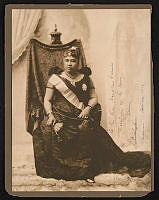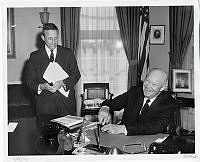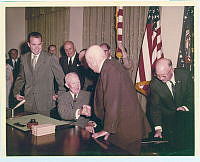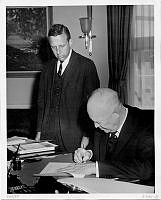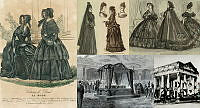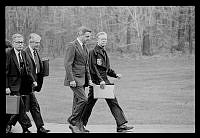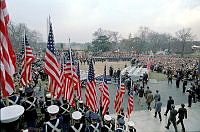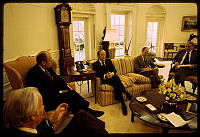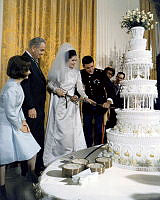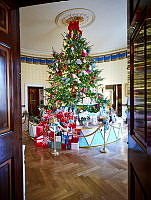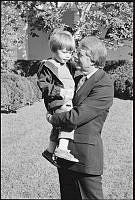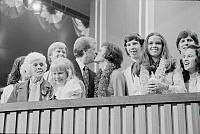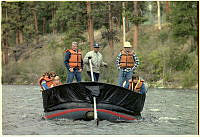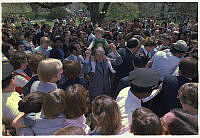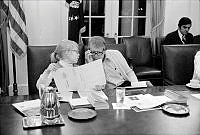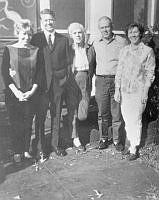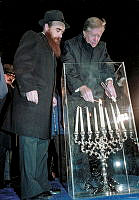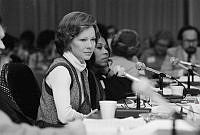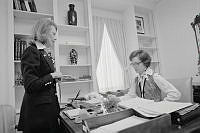White House Decorative Arts in the 1850s
Copyright © White House Historical Association. All rights reserved under international copyright conventions. No part of this article may be reproduced or utilized in any form or by any means, electronic or mechanical, including photocopying, recording, or by any information storage and retrieval system, without permission in writing from the publisher. Requests for reprint permissions should be addressed to books@whha.org
During his short term as president, Zachary Taylor refurbished the second-floor family quarters, the area where Margaret Taylor, his ill wife, spent most of her time. Congress provided the standard $14,000 for furnishings and Taylor purchased dressing bureaus, mahogany washstands, wardrobes, and beds for the family. When he died in July 1850, Millard and Abigail Fillmore moved into the house and successfully gained a special appropriation to establish a library in the second-floor oval room. Washington cabinetmaker William Cripps made mahogany bookcases, rosewood desks and other pieces for the new space. Fillmore loved gardening and also purchased a group of Rococo Revival cast iron garden settees.
Franklin Pierce arrived at the house in 1853, and received $25,000 for the furniture fund, a larger than normal sum. Architect Thomas U. Walter supervised decorative work throughout the state rooms: new marble mantels, new wallpapers, gilded frames for various mirrors, and decorative fresco paintings on the ceilings. The Pierces also ordered a French porcelain dinner and dessert service with blue and gilt decoration, a large service of cut glassware, and several pieces of walnut and mahogany furniture among other things.

Garden Settee. Attributed to Janes, Beebe & Co., New York, c. 1852, Fillmore administration.













